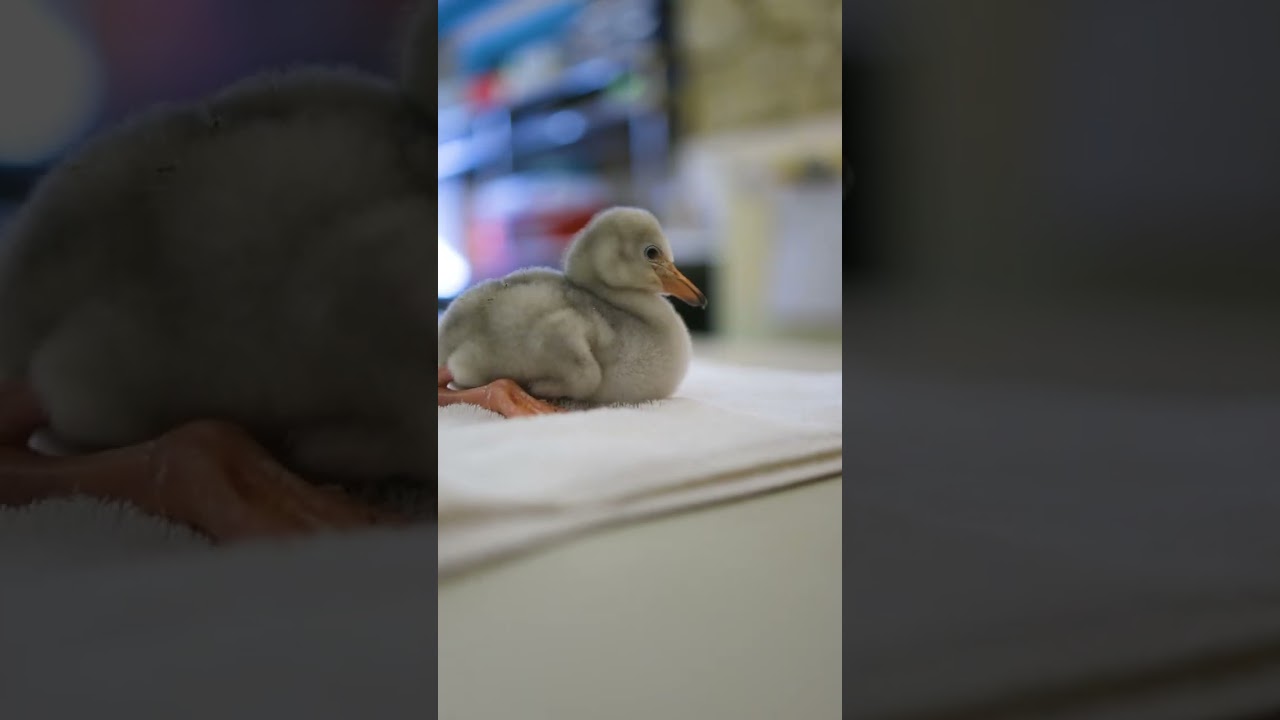Fort Worth Zoo’s successful breeding of lesser flamingo chicks highlights the significance of this achievement in the conservation community.
– The comprehensive care and artificial rearing techniques employed by the Zoo’s avian experts.
– Understanding the biology and behavior of lesser flamingos, including their breeding habits and challenges in the wild.
– The role of zoos in wildlife conservation, education, and the importance of breeding programs for vulnerable species.
– Future implications for lesser flamingo conservation efforts and how the public can support these initiatives.
Fort Worth Zoo recently announced an exciting addition to their avian family: the hatching of lesser flamingo chicks. This event marks a significant milestone for the Zoo’s conservation and breeding programs, demonstrating the effectiveness of their efforts to nurture and protect this vibrant yet vulnerable species.
In zoology, the lesser flamingo, scientifically known as Phoeniconaias minor, is distinguished by its bright pink feathers due to the carotenoids in their algae-rich diet. These birds are social creatures, often residing in large flocks, a trait that is essential for their survival. The lesser flamingo is noted for its smaller size than other flamingo species and for its specialized breeding requirements, which pose challenges for conservation in the wild.
The Zoo’s avian experts have dedicated years to understanding these birds’ intricate needs. This work involves quite a bit more than simply providing space for the animals; it also requires creating a controlled environment that closely mimics the birds’ natural habitat, complete with specialized diets and carefully monitored social interactions. The team at Fort Worth Zoo has gone to great lengths to introduce the right balance of saline water and appropriate nesting materials to encourage breeding.
Lesser flamingos typically lay a single egg on a mud mound in their natural habitats, and parenting is a shared duty between male and female birds. However, the process can sometimes face interruptions, especially in captive environments. As a result, expert zookeepers stepped in to incubate and rear the fledgling chicks, ensuring they received the necessary care to survive and thrive. This process included creating a special formula to feed the chicks and maintaining the proper environmental conditions, which required diligent attention to detail.
The success of hatching lesser flamingo chicks at Fort Worth Zoo is a testament to the sophisticated breeding programs and animal husbandry practices that modern zoological institutions have adopted. These programs aim to increase population numbers within the zoos and contribute to broader conservation efforts by maintaining genetically diverse and healthy populations that could one day supplement wild flocks.
Beyond breeding, the Zoo is pivotal in the research and education necessary for wildlife preservation. Platforms such as interactive exhibits and informative presentations enable the public to learn about lesser flamingos and their challenges, such as habitat loss, changes in water chemistry due to pollution, and increased human activity in their breeding areas. These educational initiatives can inspire visitors to take direct action in conservation, such as supporting habitat protection and engaging in eco-friendly behaviors.
The future of lesser flamingo conservation is buoyant thanks to successes like those at Fort Worth Zoo. The accumulated knowledge from managed care can provide invaluable insights into the species’ requirements and adaptations, which can be leveraged to strengthen conservation strategies in the wild. For example, learning about the foraging patterns and dietary needs of lesser flamingos in controlled settings can inform the preservation and restoration of their natural habitats.
Public support is crucial in the ongoing efforts to protect fewer flamingos. Zoos often depend on admission fees, memberships, and donations to fund conservation work. By visiting the Fort Worth Zoo and observing these stunning birds, individuals contribute to the resources necessary for the Zoo to continue its vital conservation programs. Additionally, awareness and advocacy for environmental policies that protect important wetland ecosystems are indispensable for the survival of lesser flamingos.
The hatching of lesser flamingo chicks at Fort Worth Zoo clearly indicates the Zoo’s active commitment to wildlife conservation. With each milestone achieved, zoos reaffirm their role not just as places of recreation but as crucial sanctuaries for education, research, and conservation. As the Fort Worth Zoo welcomes these vibrant new members to their flock, the broader implications for conserving lesser flamingos and other threatened species worldwide remain a cause for optimism and collective action.
*****
Source Description
We have welcomed 4 chicks so far and expect more to come.
Our dedicated keepers care for our lesser flamingo chicks around the clock. The chicks are fed every 2 hours, and all bird staff pitch in to help during late-night feeds. Our nutrition team has curated a special, nutrient-rich formula that mimics the flamingo parents’ crop milk, which is necessary for the birds’ growth and development.
Lesser flamingos are listed as near threatened by the International Union for the Conservation of Nature (IUCN), and populations continue to decline. The Zoo’s lesser flamingo breeding efforts are incredibly important to creating a long-term, self-sustaining population of these birds in U.S. zoos. The team’s efforts also create a wealth of research and information that contributes to conserving wild populations.🦩

